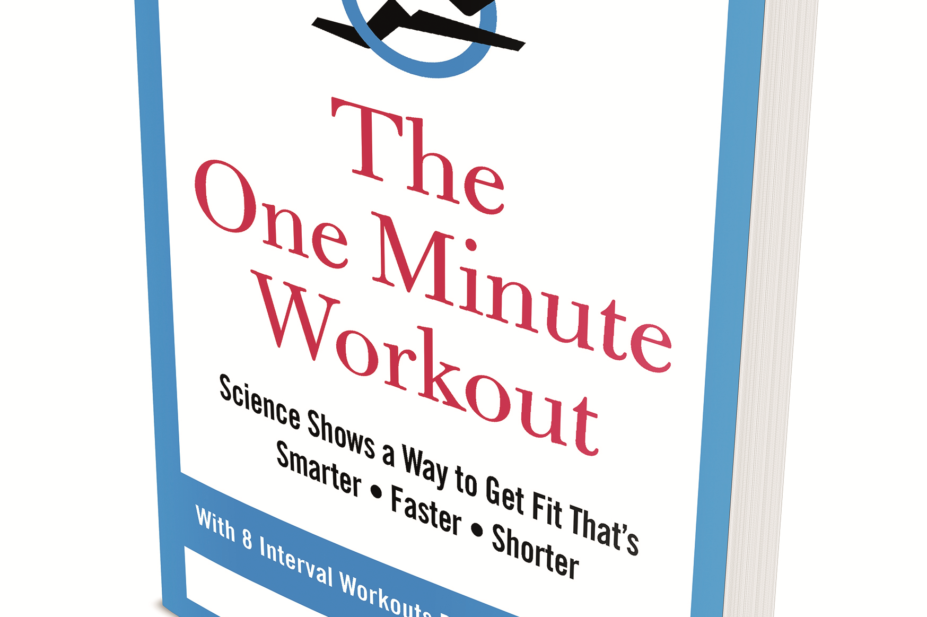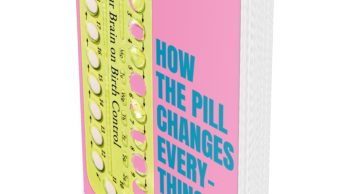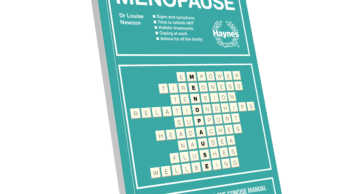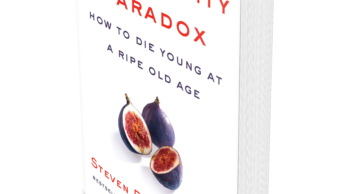
There is no doubt that exercise forms an important part of a healthy lifestyle. Numerous studies show that the health benefits of exercise go beyond just improvements in fitness. Exercise improves cardiovascular disease, type 2 diabetes, some types of cancer and may even fend off dementia.
Exercise is so important to health that the government recommends that we should all do at least 150 minutes of moderate aerobic activity, such as cycling or fast walking, each week, which amounts to just over 20 minutes per day. However, according to a 2013 report on physical activity statistics by the British Heart Foundation, only 39% of men and 29% of women in England reported meeting this recommendation. Reasons cited for not achieving this goal were work commitments and lack of leisure time.
But what if we could achieve these health benefits without spending hours pounding away at the gym? Author Martin Gibala suggests this is possible if we practise high-intensity interval training (or HIIT). He was one of the first scientists to demonstrate how short bursts of intense exercise accrued the same benefits as nearly an hour’s worth of steady aerobic exercise and HIIT seems to be the new exercise craze that has attracted much media attention in recent years.
Gibala describes and explains everything you need to know about HIIT. It seems that one of the reasons why HIIT is so effective is because it is intense. It is a short, sharp shock to the system and the science shows that the biochemical changes induced by HIIT are the same as those produced after a long, steady jog. Much of the early research on HIIT was carried out using a stationary exercise bike and, when practising HIIT, after a few minutes’ warm up, you go all-out for 20 to 30 seconds. After a further few minutes of gentle pedalling, you are ready for the next all-out bout and the process is repeated one final time. If you imagine being chased by a tiger, you get an idea of the intensity at which you need to pedal during an HIIT session.
In subsequent chapters, Gibala describes how HIIT also improves insulin sensitivity — and has been shown to be beneficial for those with type 2 diabetes. The book continues with further chapters on how HIIT can be used to improve performance by experienced athletes and can be even be done by those with heart disease. The author also offers examples of several different HIIT routines that can be used.
But what about the risks of having a heart attack or stroke — remember what happened to TV presenter Andrew Marr? Gibala clarifies this by pointing out that, even though there is an increased risk of such events during HIIT, by doing HIIT regularly you reduce your overall risk of having these events.
The benefits of HIIT were illustrated in Gibala’s most recent study in which he compared the effects of three 20-second all-out bouts, three times per week, with a group who exercised for 150 minutes per week. The results were astonishing: the improvements in fitness were the same (around 19%) in both groups, even though the HIIT group had only spent 10 minutes per week (including warm-up and rest periods) exercising.
As pharmacists, we should promote exercise as part of a healthy lifestyle. In this fascinating book, the author offers a viable alternative to spending hours in the gym. If you recommend HIIT to patients with any existing health problems, it is important they first check with their GP. However, the evidence suggests that the technique provides huge benefits and nobody can really use the “lack of time” excuse anymore.
Rod Tucker
References
The one minute workout, by Martin Gibala. Pp 256. Price £14.99. London: Vermilion; 2017. ISBN 978 1 78504 126 6


